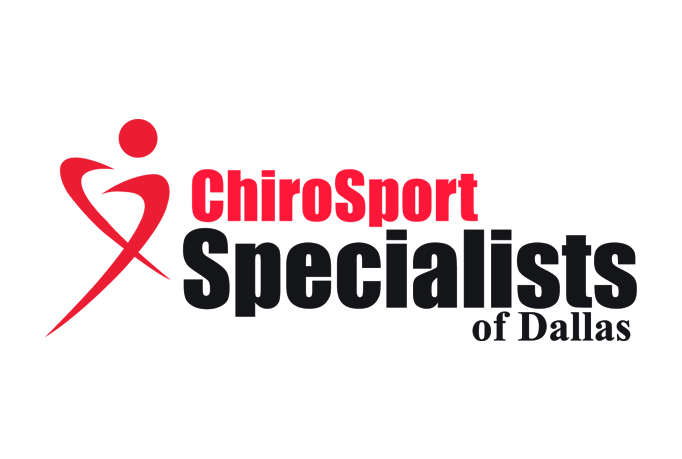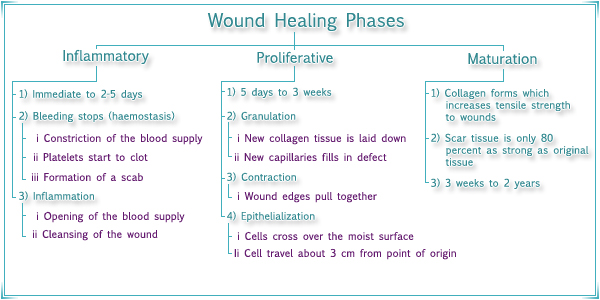The Omega 6 fat misunderstanding and the Omega 6:3 ratio
The Omega 6 fat misunderstanding and the Omega 6:3 ratio
The idea that Omega 6 fatty acids are unhealthy can be considered a misnomer. Just for a quick review, Omega 6 fatty acids are the fats found in oils such as canola, sunflower, peanut oil and many kinds of nuts. You may have also heard of Omega 3 fatty acids, which are also found in small amounts in nuts, however are more popularly known to be in fish and fish oils.
Both Omega 3’s and 6’s are essential fats, meaning your body cannot make them on their own. You have to get them from your diet. Omega 3 and 6’s are in the category of polyunsaturated fats, unlike olive oil which is a monounsatured fat, and butter or coconut oil, which are totally saturated.
It is widely believed that Omega 3’s are the anti-inflammatory fats and Omega 6’s are the inflammatory fats. These two statements are portrayed to the public as clear cut true, however they have been over simplified. Omega 3’s make up the fluidity of cell membranes, and important for brain function, normal cell growth and are considered “heart healthy.” On the other hand, Omega 6’s are converted to chemicals which mediate cell to cell signaling including pain and inflammation, and therefore are considered to be bad. As a generalization these statements are partially true, however both are necessary for normal body function and homeostasis.
The essential Omega 6 is called linoleic acid, which then is converted by a series of reactions and enzymes involving PLA2 (phospholipase A2) to arachidonic acid. Arachidonic acid and subsequent pathways are the targets of many drugs such as NSAIDS (ibuprofen, naproxen, etc), aspirin, and corticosteroids, just to name a few.
Certainly these drugs are necessary in cases with excess pain and inflammation, however but it is important to appreciate inflammation and pain. Many of us are guilty of this at some point including myself. We may appreciate the fact that inflammation and pain are good things, but when they happen to us we forget the basics and want a quick fix.
Inflammation is actually the first step of healing and pain is your body telling you something is wrong! Additionally, it should be appreciated that these drugs are interfering with normal function of the body. The analogy of drugs being Band-Aids is appropriate here. Band-Aids may cover up the problem but do not address the source.
Furthermore, arachidonic acid is then converted into compounds called eicosanoids. The eicosanoids are prostaglandins, thrombaxanes, leukotrienes and prostacyclins. If you refer to the first figure, Omega 6’s and subsequently arachidonic acid is essential for leukocyte function (cells of your immune system), platelet function (blood clotting), endothelium (the lining of your blood vessels) and smooth muscle (your organ muscles and control over your blood vessels). How can Omega 6’s, which are important for these vital functions of the body be bad for you?
Take home points about eicosanoids:
- Eicosanoids are compounds which mediate normal function of many body systems (immune system, blood clotting, arteries and organs).
- Are important for inflammation. Remember inflammation is not bad, inflammation is the first step of healing!
- Eicosanoids are created as needed and are short acting. This is important when I talk about the intake of Omega 6’s and the ratio of Omega 6:3.
Without inflammation, you would not heal. However, it is true that the over-consumption of Omega 6’s can promote a constant state of inflammation in the body. The constant state of inflammation has been proposed mechanisms for many disease states such as arthritis, heart disease, cancer, contributing to the rise of autoimmune disorders and many more.
This is where the Omega 6:3 ratio comes in. Researchers have estimated that Americans Omega 6:3 ratio is somewhere from 30-50:1. Ideally it would be 1:1, but most agree anywhere from 1:1 to 5:1 is acceptable. Research has concluded that consuming Omega 3’s competes with the enzyme which converts Omega 6’s to arachidonic acid and vice versa. To me this means that we need to eat a diet which has equal or as close to equal levels of omega 6 and omega 3’s. The good news is altering the ratio can therefore lower the state of constant inflammation in many Americans.
Options to obtain an ideal Omega 6:3 ratio:
- The first option is to reduce the consumption of Omega 6’s. There are many ways to achieve this. Here are a few.
- Stop using oils to cook with at home. Many vegetable oils and peanut oils contain a lot of omega 6’s. A better alternative would be to cook with olive oil, coconut oil or butter. This includes mayo unless it is made with olive oil. Also be careful when cooking with olive oil at high temperatures for more than a few minutes. It would be better to use coconut or butter when cooking for long times at high heat.
- Finding alternatives for fast food French fries and potato chips. Many places are now offering healthy alternatives for fries and chips. But if you have to eat on the run, choose a healthier fast food place or do not order fries or chips.
- Increase the intake of Omega 3 fats. When I said that eicosanoids are constantly made, if one is consuming Omega 6’s at every meal then it makes sense to eat Omega 3’s at every meal in order to counteract the Omega 6’s since both fats compete with each other for the PLA2 enzyme.
- Foods with high Omega 3’s include fish and flax seed. However flax seed does not contain the bioavailable Omega 3’s EPA and DHA, it contains linolenic acid. Linolenic acid has to be converted to EPA and DHA to be usable and is only done so at a very poor rate (around 10%).
- Fish at every meal is a bit extreme. I eat and recommend fish or seafood about 2 or 3 meals per week. It is important to get wild fish, not farmed and to consider where your fish is from. Toxins are now present in fish and should be considered when purchasing fish.
- Fish oil, cod liver oil or krill oil supplements that have appropriate amounts of Omega 3’s. In my opinion krill oil is better because it has the best bioavailability of Omega 3’s and is less easily oxidized. If you have ever burped up fish, or your fish oil supplement tastes fishy it means it is oxidized or rancid. When purchasing fish oil it is important to note the supplement needs to have an antioxidant like vitamin E to help prevent oxidation.
- However, since the enzyme which acts on Omega 6 and 3 fatty acids is dependent on the amount of substrate available (Omega 3 or 6), the maybe the best option is to eat foods with acceptable levels of both Omega 3 and 6’s.
- Grass feed beef contains more appropriate levels of omega 6 and 3’s than grain fed beef (3:1 for grass fed versus 20:1 for grain fed).
- Free range eggs have a ratio of 1.5:1 whereas caged eggs have 20:1.
- Walnuts have a ratio of 4:1, which is considered acceptable.
- Vegetables especially broccoli and cauliflower.
- Fruits and fruit juices
For more information on how to figure out your ratio, Google Omega 3/6 balance score. I will cover this in a future blog post.
Takeaway points:
- Omega 6’s are not bad, they are essential fats meaning they are essential for function.
- Since Omega 6’s are essential, your body cannot synthesize them, you have to get them through diet. How can something that is essential be bad?
- Inflammation is a normal function and is the first step of healing.
- Omega 3’s have many potential benefits (the latest controversy which states the fish oil causes prostate cancer is false and will be a topic for a later blog post).
- Drugs which target inflammation and pain are interfering with normal function of the body.
- Omega 6 to Omega 3 ratio should be determined and steps to optimize it should be taken.
- Reducing amount of Omega 6 intake
- Increasing amount of Omega 3 intake
- Possibly the best option of eating a diet with good ratios
- Omega 3’s should be consumed daily, especially if Omega 6’s are consumed at every meal. Whether it be fish or fish oil or other foods high in Omega 3’s is preference.
Final take-way point: Omega 6 fatty acids are not bad, we just get too many!
Note: the information here is not intended to replace advice from your Physician. Please see your Chiropractic or Medical Physician for more information.


